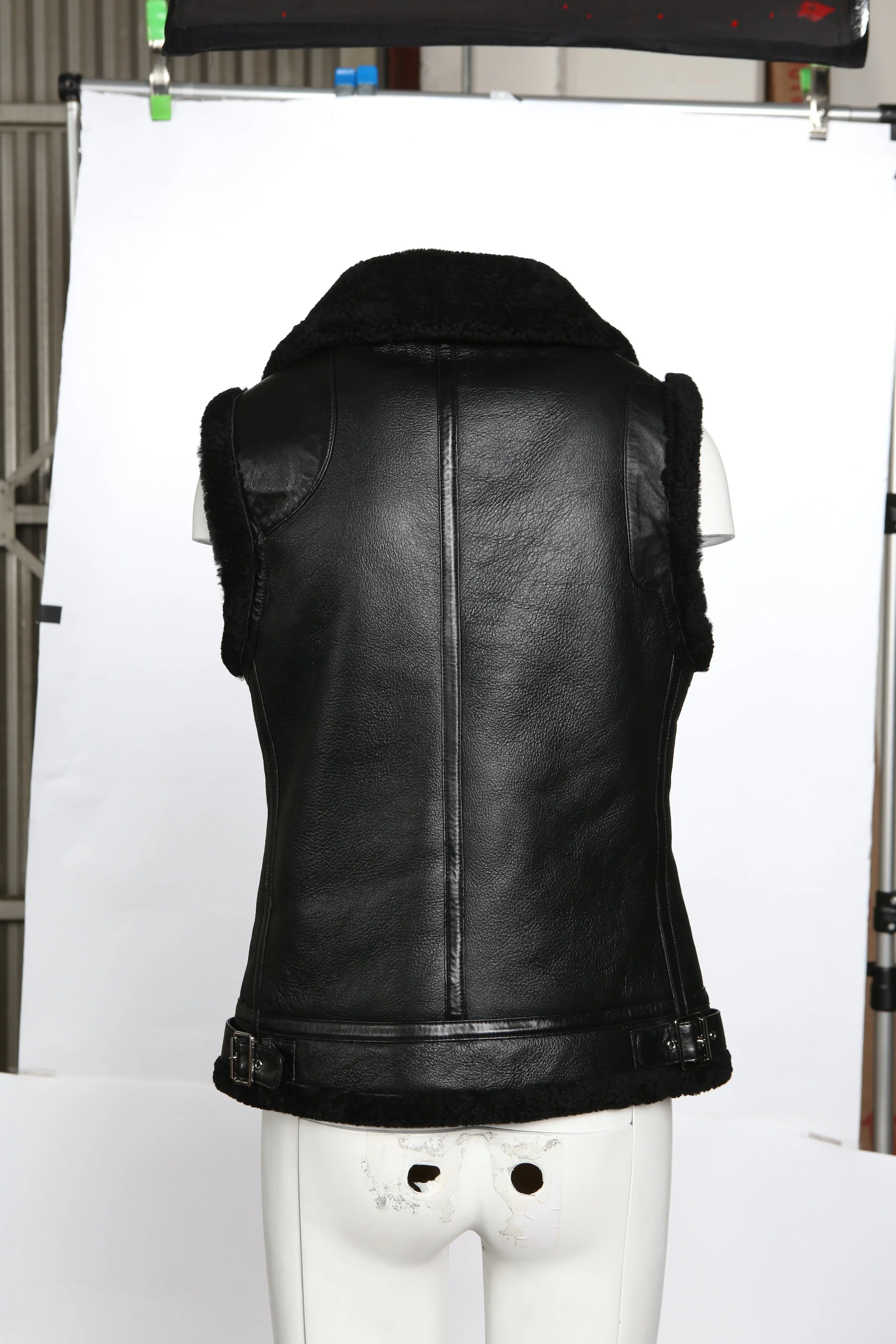Product Photography: Notes for Beginners
“When I grow up,
I want to be a product photographer”
This is a statement I have never said, nor saw myself saying. But...product photography is part of what I do. My fascination for photography was actually created during my time as an intern at 80's Purple. One question to the company's photographer, participation in photo shoot styling, and working with photos lead to my current involvement in photography.
Along this journey, I learned a few tips, tricks, and what not to do's. If you scroll down, you may learn a few too.
LIGHTING: A well lit product makes for a better quality picture.
No matter if you are using studio lights or natural light, make sure the product is properly lit so that you can produce a high quality picture. Over exposure, along with low lit products, reduce the clarity and the visibility of the product's details. Try to avoid grain in your picture by adding light, but do not have the light source directly on the product so that you can minimize blowing out the image,
Tip: 2 sources of light can provide light balance, while 1 source lighting tends to create a hard shadow and an increase of light on one side of the product.
CAMERA: Understand your camera and it's capabilities.
Does size really matter?...Well, sometimes. No matter if you are shooting with a Sony, Nikon, Cannon or any of these camera's subclasses, read about the camera you will use and test it out under different conditions. The physical size of the camera does not mean much, but the size of the camera's sensor does. The sensor of a camera is what determines the amount of detail the camera can capture. Basically, the specs page on Best Buy can help you understand what you are looking for or understand what you already have.
TIP: The larger the sensor, the better quality image you will get (as well as the more money you will spend).
PRODUCT: Find product similarities to limit your shooting time.
I cannot tell you how much time I have waisted on adjusting and re-adusting lighting and camera settings because I did not group similar products together when shooting multiple items. Products can be grouped by different attributes like color, size, ability to reflect light, etc. You get the picture (pun intended). But, on a serious note, even if you are shooting product for Poshmark, Ebay, Amazon, or to be put on your Shopify site, you do not want to waste time adjusting your lighting for each item. Shoot to finish, not to re-shoot.
TIP: If you have light and dark colored products to shoot, create a shooting order with light items first and dark items second so that you can reduce the amount of adjustments and time you spend on adjusting.
I have learned a lot about photography beyond the conceptualized topics written above and most of this knowledge is from my college internship (which I highly suggest if you haven'e already). What you can learn from a company paid or unpaid is more than you may imagine. When shooting, lighting, cameras, and products are collaborative concepts that are not less important than the other (unless your product cost more than your equipment, then maybe). Learn and experiment with shooting products to figure out techniques that will work for you.
And Hey! Let me know what you discover.
Stay Rad.















